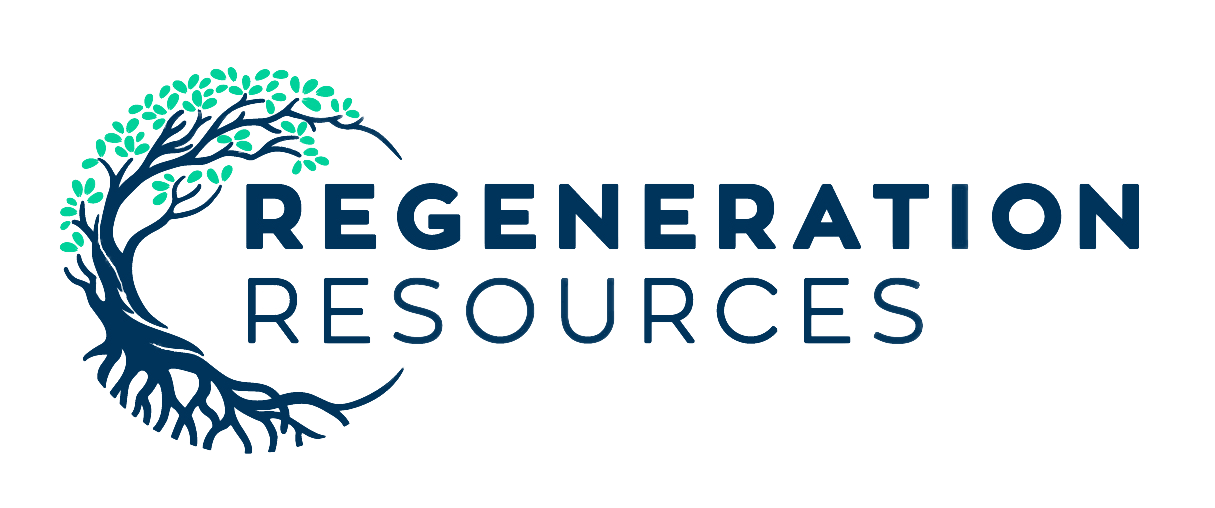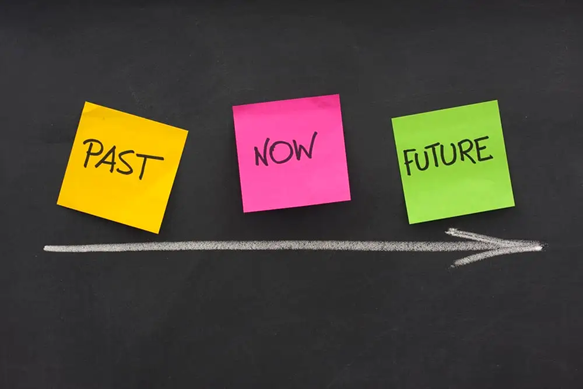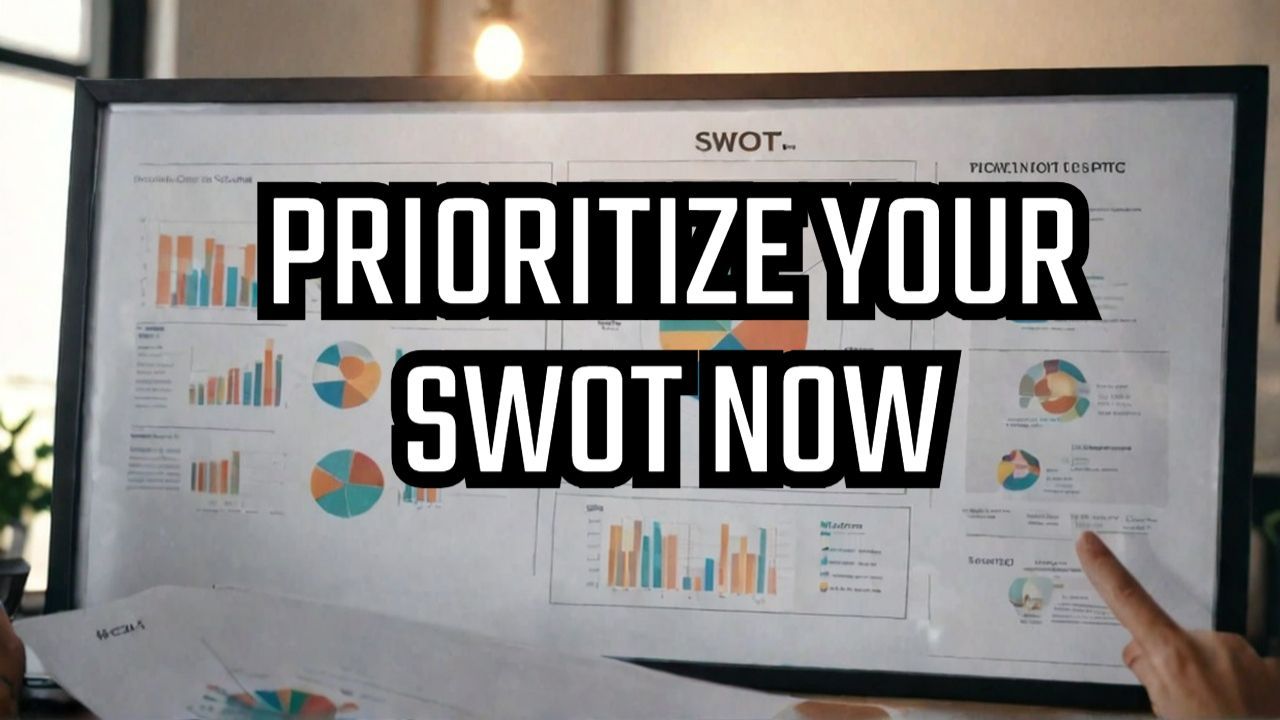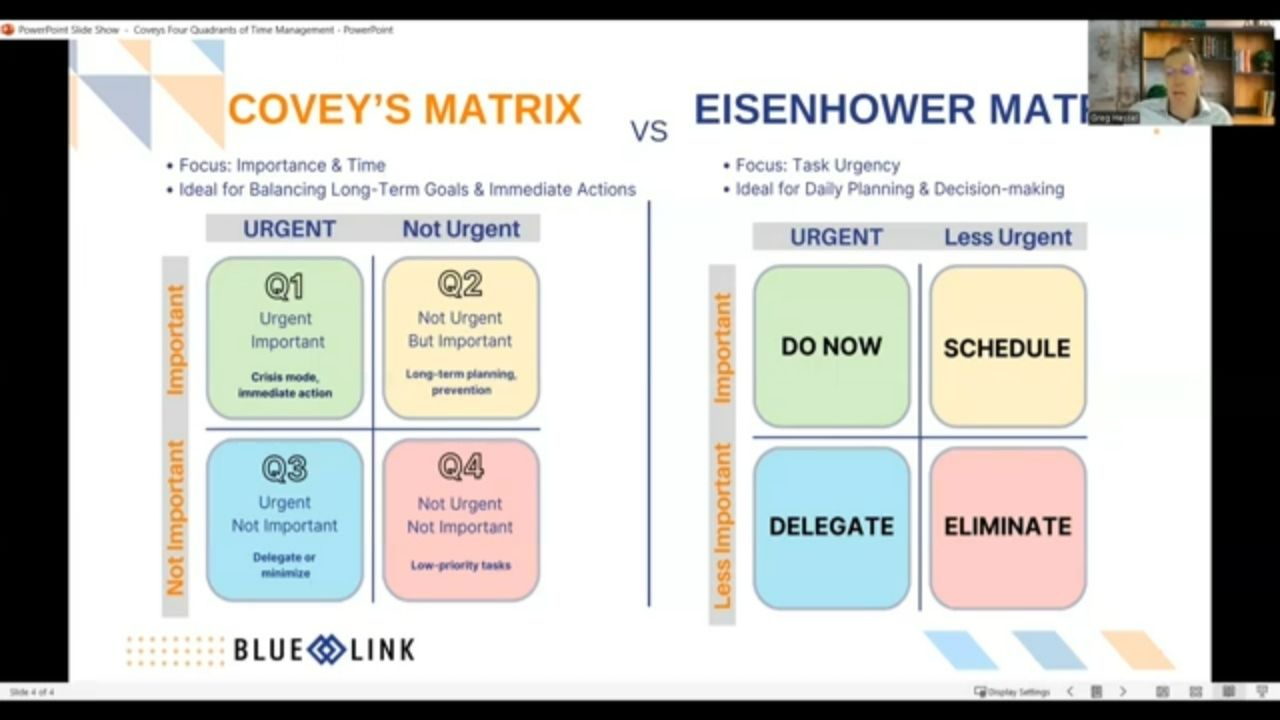Team Building Basics: Keys to Making Good Decisions Together
Decision Making Disciplines, Commitments, and Processes

Key Disciplines
Assumption: Groups fragment, and conflict erupts not so much from disagreement but rather from people not feeling heard. Therefore, any decision-making process will be frustrating to a group unless the group commits to practicing disciplines of communication. The group process goes beyond decision-making.
· Active listening
· Summarizing
· Inquiry and seeking information
· Noticing feelings in the group
· Paraphrasing
· Asking clarifying questions
· Seeking information
· Giving process suggestions (once the content that is being talked about is decided, the group --or facilitator-- still needs to figure out how to talk about it, i.e. brainstorm, prioritize lists, comparison grids)
· Begin and end meetings on time
· Have the scribe read back decisions at the end of meetings
Key Commitments
Assumption: Pressure to decide often keeps groups from communicating well and fully understanding each other. This is especially problematic around key decisions.
It is critical that the group commit to taking time to understand each other’s ideas before deciding. This means committing to giving difficult decisions enough time, ideally at two different meetings, to separate the phase of understanding each other and the implications of certain decisions from the phase of actually making the decisions.
Key Processes
Who makes decisions and how are they made?
To decide this, consider how the group will be structured. Will there be a leadership team that will do some of the work in a small group? If so, will there be some decisions that you want the leadership team to handle?
Decision-Making Options
Voting
- Advantages: Quick and decisive. Efficient. Best for low stake decisions
- Disadvantages: This leaves winners and losers who may not enthusiastically support the decisions.
Supermajority
- Advantages: Quick and decisive and builds in some safeguards against low investment in implementing the decision.
- Disadvantages: Leaves winners and losers
Consensus
- Advantages: Best for high-stakes decisions as it ensures high buy-in after a decision is made.
- Disadvantages: It can be time-consuming
Levels of consensus
- Advantages: Shortens the time consensus can take while still giving everyone a voice. Its strength lies in not framing the decision as a yes/no vote but in allowing the group to read where it falls on a continuum of support.
- Disadvantages: While less time-consuming than consensus, getting everyone on board still requires a time investment.
Every few months I produce a free newsletter. No Spam. Unsubscribe anytime.
For a taste, view the archives
SUBSCRIBE
Blogs and vlogs are sorted by topic at the bottom of each service page
STRATEGIC PLANNING
CHANGE MANAGEMENT
CONFLICT MANAGEMENT
TEAM BUILDING
ASSESSMENTS
EXECUTIVE COACHING
IMPROVING EFFICIENCY
BOARD DEVELOPMENT




